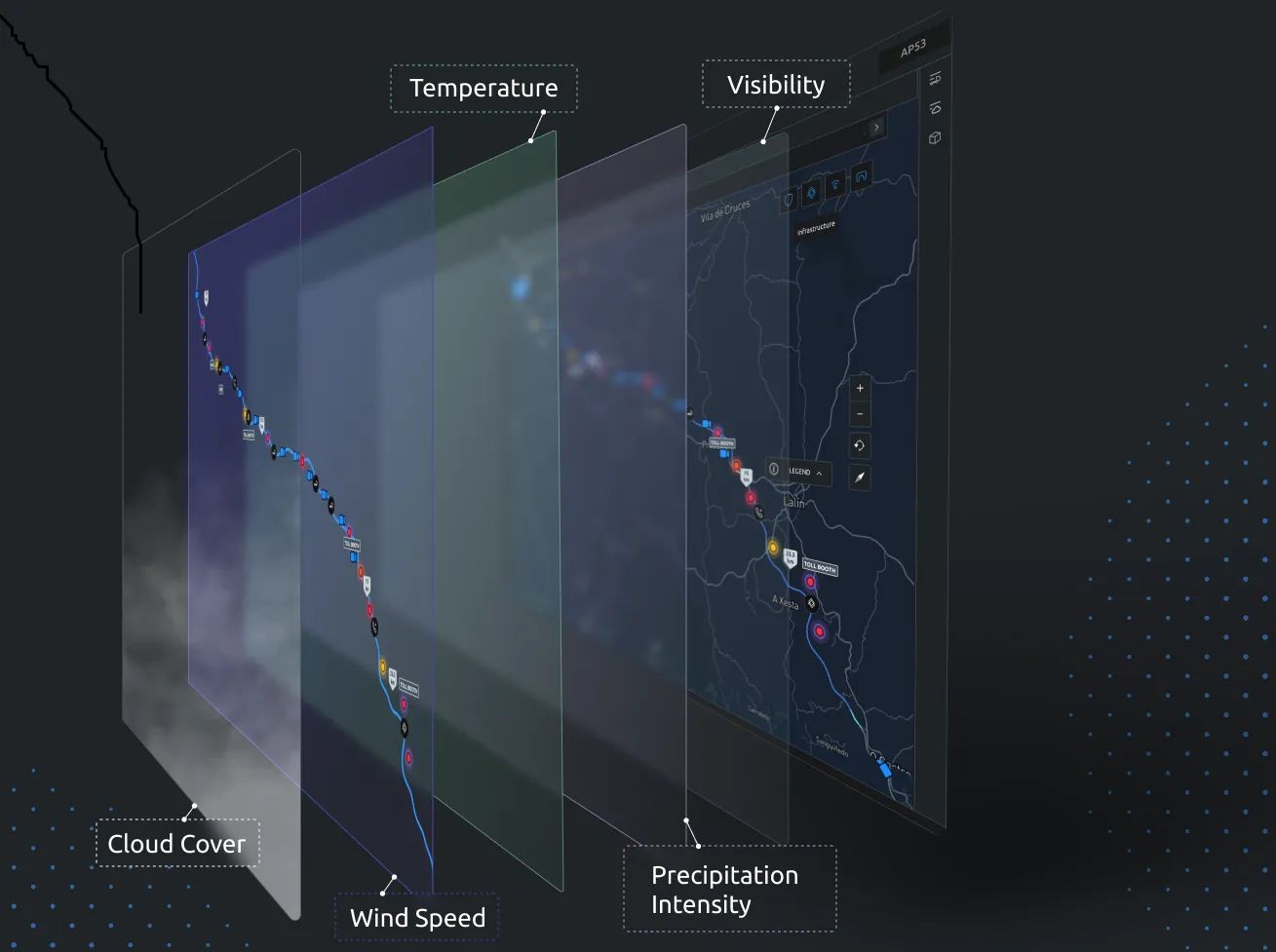McCain has announced the successful use of its QuicNet advanced traffic management system (ATMS) central control technology by the city of Carlsbad, in California, to identify the illicit use of red light preemptive technology. Using QuicNet, the city was able to identify how, when and where the illegal use was taking place.
April 26, 2012
Read time: 2 mins
RSS772 McCain has announced the successful use of its QuicNet advanced traffic management system (ATMS) central control technology by the city of Carlsbad, in California, to identify the illicit use of red light preemptive technology. Using QuicNet, the city was able to identify how, when and where the illegal use was taking place.
QuicNet central control software’s primary function is to manage entire traffic systems from a single location. The city of Carlsbad uses the technology to link and manage 55 city traffic lights, which helped alert traffic engineers to signal timing discrepancies preemptive devices were creating.
“Our QuicNet technology not only offers extensive signal management, it also affords the ability to recall and review archived data for trends,” said Luke Baker, technical specialist for McCain. “In this case, the city of Carlsbad was able to investigate inconsistencies because they could track activities through collected statistics, data and video. Criminals using illegal technologies will be caught when cities employ these kinds of advanced ITS solutions.”
As McCain points out, central traffic control software offers a multitude of benefits; including a single user interface for viewing and managing multiple ITS solutions across any given number of intersections. However, it was the technology’s capacity for identifying trends and recalling archived timing logs that allowed the Carlsbad to track and review the culprit’s actions.
With over 175 systems operating worldwide, QuicNet software combines timing record features, centralised document management, tailored reporting with time-of-day and special event timing parameters, and traffic responsiveness. The system is fully scalable, making future upgrades, additions, and overhauls easy to implement.
QuicNet central control software’s primary function is to manage entire traffic systems from a single location. The city of Carlsbad uses the technology to link and manage 55 city traffic lights, which helped alert traffic engineers to signal timing discrepancies preemptive devices were creating.
“Our QuicNet technology not only offers extensive signal management, it also affords the ability to recall and review archived data for trends,” said Luke Baker, technical specialist for McCain. “In this case, the city of Carlsbad was able to investigate inconsistencies because they could track activities through collected statistics, data and video. Criminals using illegal technologies will be caught when cities employ these kinds of advanced ITS solutions.”
As McCain points out, central traffic control software offers a multitude of benefits; including a single user interface for viewing and managing multiple ITS solutions across any given number of intersections. However, it was the technology’s capacity for identifying trends and recalling archived timing logs that allowed the Carlsbad to track and review the culprit’s actions.
With over 175 systems operating worldwide, QuicNet software combines timing record features, centralised document management, tailored reporting with time-of-day and special event timing parameters, and traffic responsiveness. The system is fully scalable, making future upgrades, additions, and overhauls easy to implement.









